Tick Tock: Unraveling the Knowledge and Common Sense Behind Watches
In a world where time is both a constant companion and an elusive concept, the humble watch stands as a testament to humanity’s quest for precision and functionality. From ornate pocket watches that once graced the waists of nobility to sleek smartwatches that sync with our digital lives, these devices do more than simply tell time—they embody a rich tapestry of craftsmanship, innovation, and cultural significance. This article delves into the intricate world of watches, exploring the underlying knowledge that fuels their mechanics, the historical milestones that have shaped their evolution, and the common sense that guides our interactions with them. Join us as we journey through ticking gears and ticking hearts, uncovering the stories behind the design and purpose of these remarkable timekeepers.
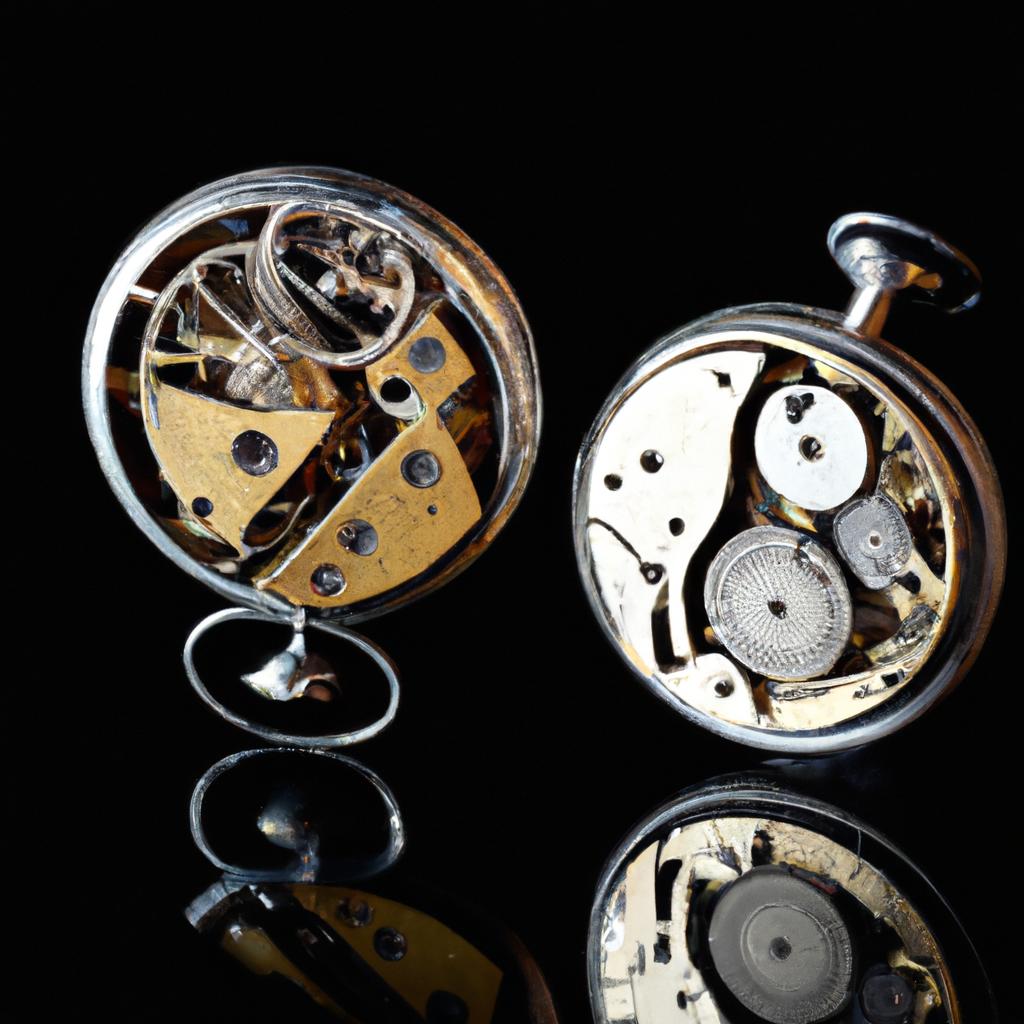
Understanding the Evolution of Timekeeping Mechanisms
The journey of timekeeping mechanisms reflects the relentless pursuit of precision and innovation throughout human history. From humble beginnings, ancient civilizations relied on the sun’s position and shadow-casting devices like sundials. These early methods served as the foundation for more sophisticated designs. As we evolved, the invention of water clocks, or clepsydras, marked an essential transition, allowing for more accurate measurements irrespective of sunlight. Following closely, the mechanical clock appeared in medieval Europe, incorporating gears and escapements that paved the way for the intricate watches we cherish today. The use of pendulums introduced by Christiaan Huygens further revolutionized the accuracy of timekeeping in the 17th century, with each advancement building on the achievements of those before it.
As technology advanced, the evolution of timekeeping mechanisms continued to captivate inventors and horologists alike. The 20th century brought forth the quartz movement, which transformed watches by introducing an unprecedented level of precision. Quartz crystals oscillate at a consistent frequency when electrified, leading to reliable timekeeping that made mechanical watches seem less practical for everyday use. However, the resurgence of interest in craftsmanship has led to a renewed appreciation for traditional timekeeping methods. Today, we see a beautiful coexistence of styles, from elegant analog watches boasting intricate manual movements to digital models flaunting smart technology that tracks not only time but also health and connectivity. The history of timekeeping is not just a story of gears and batteries, but a testament to human ingenuity in the quest to measure our most valuable resource: time.

The Art of Choosing the Perfect Timepiece
The process of selecting an ideal watch transcends mere aesthetics; it intertwines with personal identity, lifestyle, and functionality. Different timepieces resonate with various aspects of life, whether you seek a classic symbol of elegance or a modern gadget brimming with technology. To navigate this intricate world, consider the following elements:
- Purpose: Identify whether you need a watch for casual outings, formal events, or outdoor adventures.
- Style: Reflect on your wardrobe; a versatile design often offers the best in adaptability.
- Movement Type: Choose between quartz for precision or mechanical movements for craftsmanship and experience.
- Brand Heritage: Some brands symbolize pedigree and craftsmanship, which can serve as a statement of your values.
Once you determine these preferences, understanding materials can enhance your selection. The body of the watch, the strap, and protective glass all play crucial roles in its overall reliability and appeal. Below is a concise guide to commonly used materials in watchmaking:
| Material | Characteristics | Best For |
|---|---|---|
| Stainless Steel | Durable, resistant to rust and corrosion | Everyday wear and professional settings |
| Leather | Classic, comfortable, and stylish | Formal occasions and casual outings |
| Rubber | Flexible, lightweight, and sporty | Outdoor activities and sports |
| Sapphire Crystal | Highly scratch-resistant, clear visibility | High-end watches for ultimate durability |
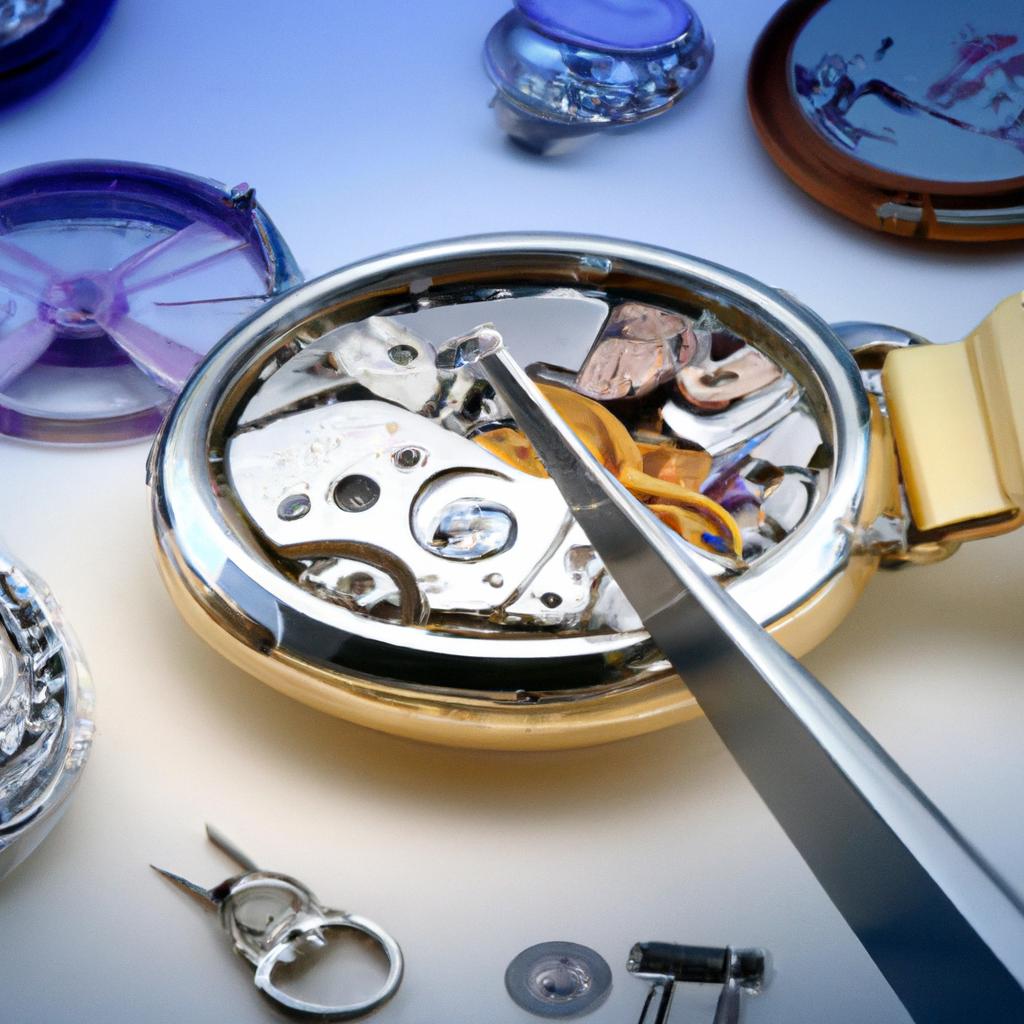
Caring for Your Watch: Maintenance Tips for Longevity
Maintaining your watch is essential for ensuring its longevity and reliability. Regular care can keep the internal mechanisms functioning smoothly and the exterior looking pristine. Start with **wiping the case and crystal** with a soft microfiber cloth to remove dust and fingerprints daily. Avoid using harsh chemicals or abrasive materials that could scratch the surface. Periodically, take a closer look at the watch’s crown and pushers to ensure they aren’t collecting grime, as this can lead to operational issues.
Another critical aspect of watch maintenance involves **watch storage**. When you’re not wearing your timepiece, store it in a dedicated watch box or pouch to shield it from environmental damage. For automatic watches, consider using a watch winder, which can keep the movement running smoothly without the need for manual winding. it’s wise to have your watch professionally serviced every few years, especially for mechanical models. This ensures that all components are cleaned and lubricated, and any worn parts can be replaced. Regular maintenance lays the foundation for a watch that not only tells time but also tells a story of enduring craftsmanship.
The Way Forward
As we reach the final hour of our exploration into the intricate world of watches, it becomes clear that these devices are not mere tools for timekeeping; they are intricate works of art that embody history, innovation, and human ingenuity. From the earliest sundials to today’s sophisticated smartwatches, each tick and tock tells a story—a narrative woven through centuries of craftsmanship and culture.
In unraveling the knowledge and common sense behind watches, we have glimpsed the delicate balance between precision and beauty, function and fashion. Each timepiece serves as a testament to humanity’s relentless quest for mastery over time itself—a quest that transcends mere utility and touches upon the philosophical.
As we close this chapter, let us carry forward the understanding that watches are more than instruments; they are companions that remind us to cherish each moment, to be mindful of the passage of time, and to appreciate the artistry that goes into capturing its essence. Whether you’re an avid collector or someone simply enchanted by their charm, may you continue to discover the stories held within each watch you encounter. Time, after all, is a tapestry—rich with threads of knowledge, tradition, and beauty, waiting to be worn and cherished.

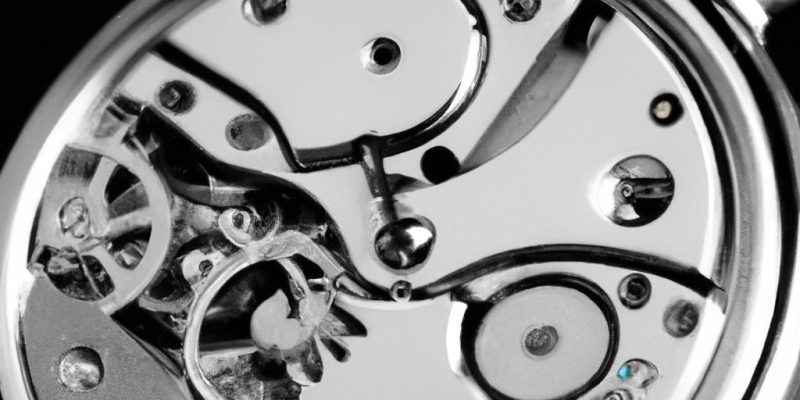
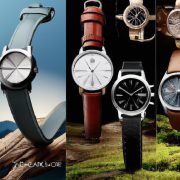
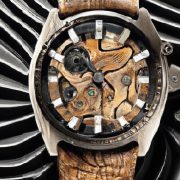
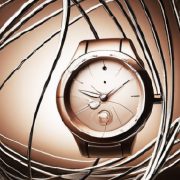
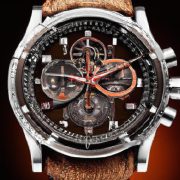
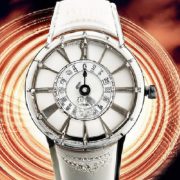
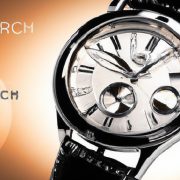
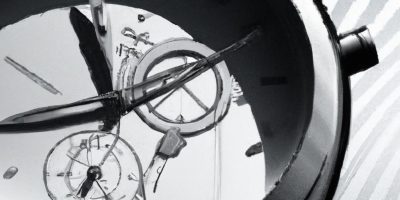
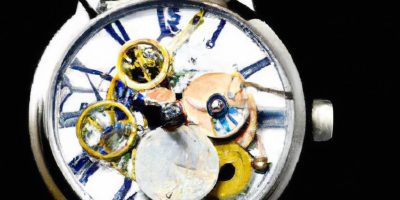
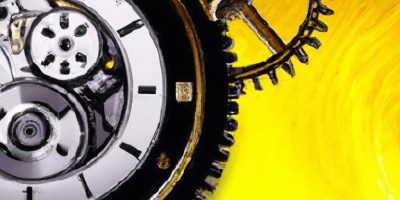


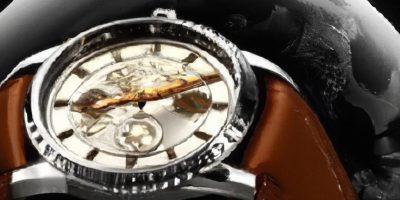



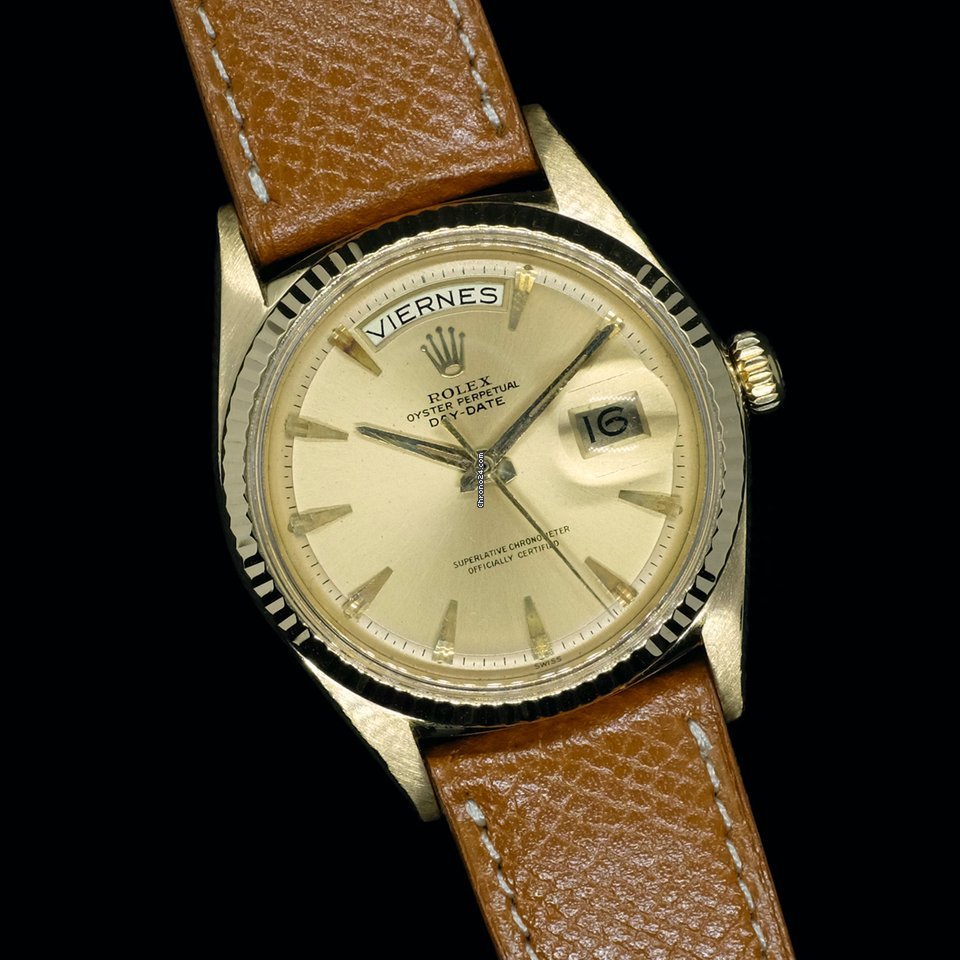
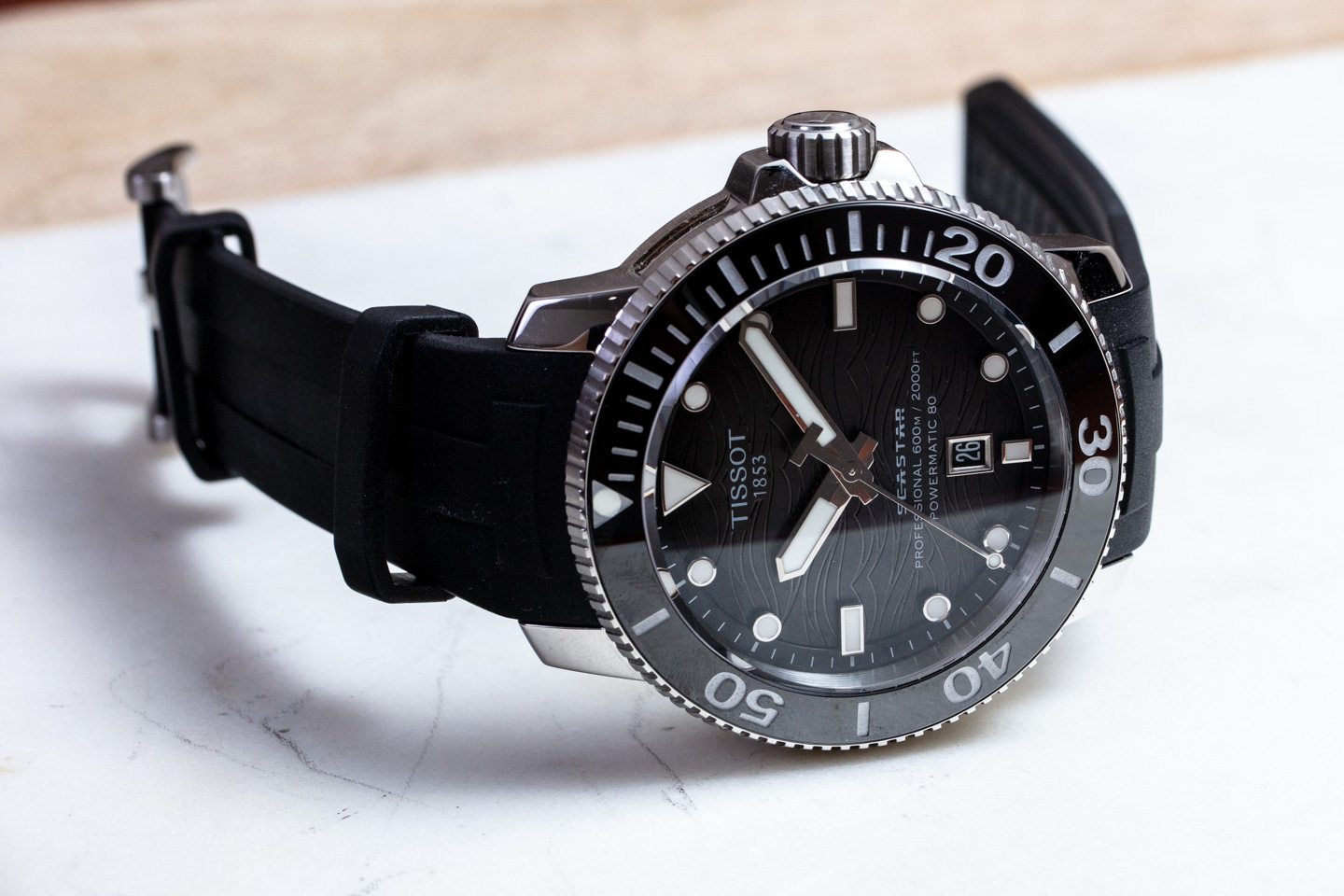
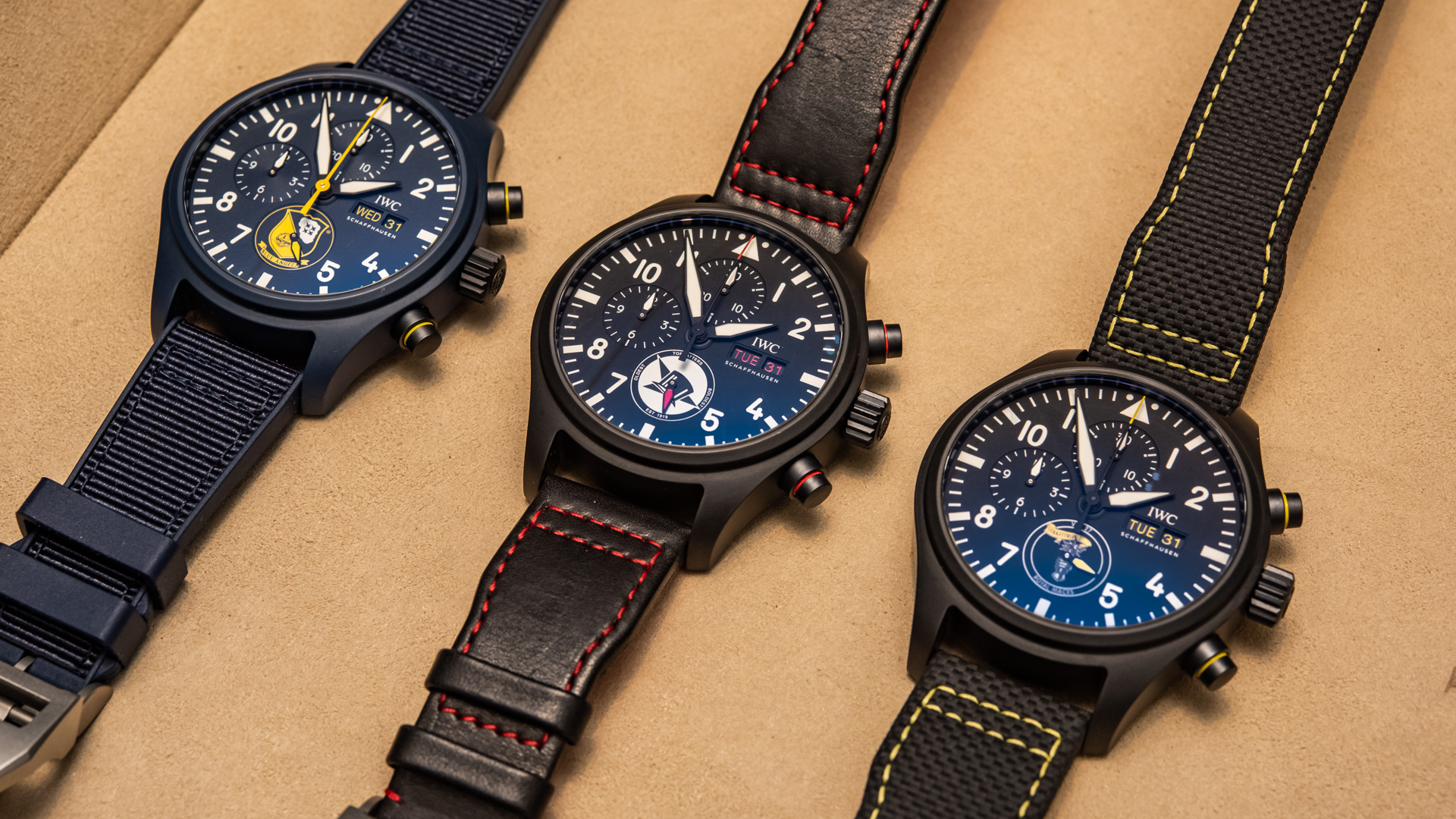
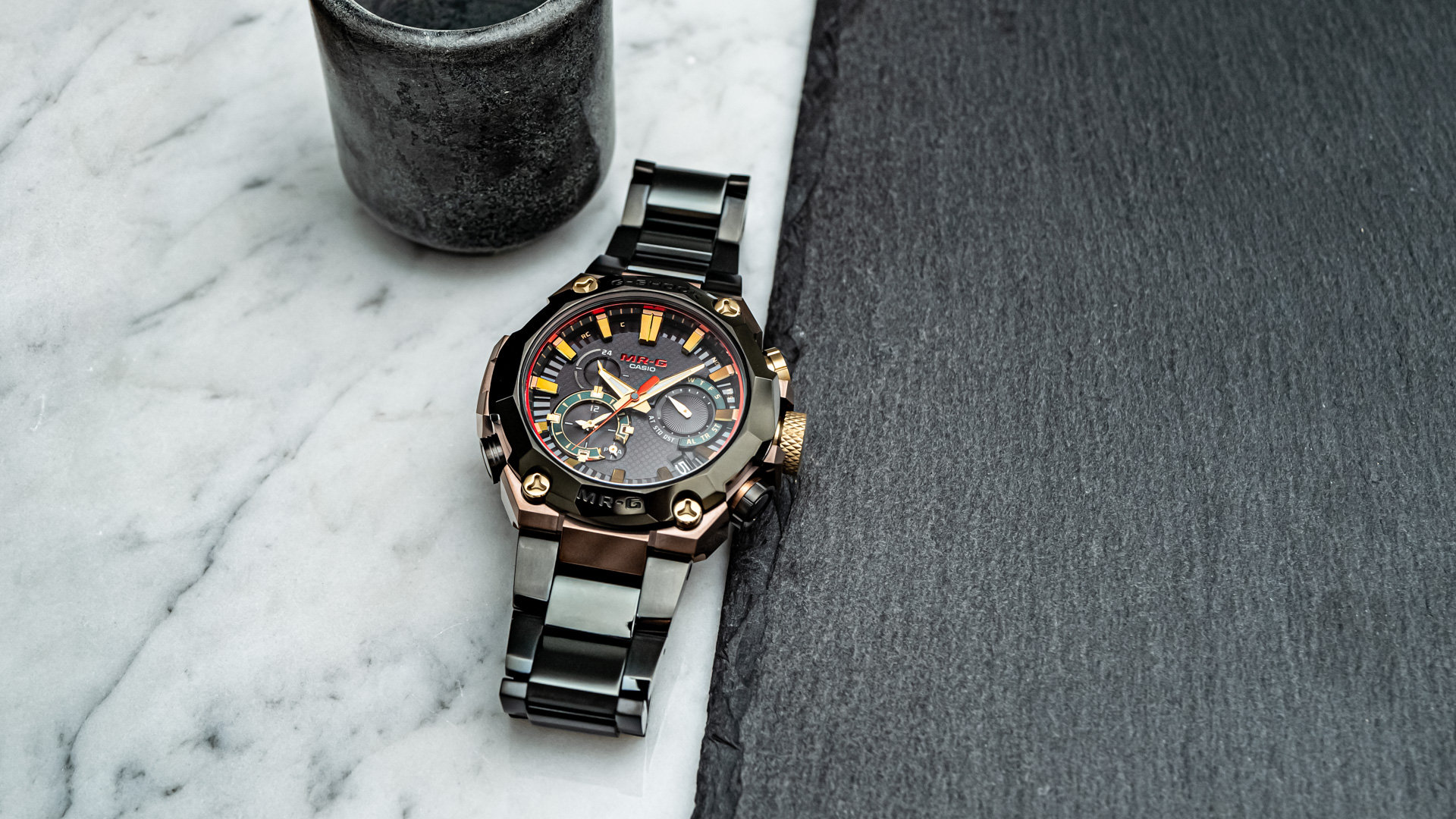


Comments